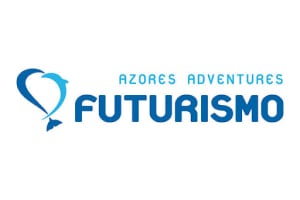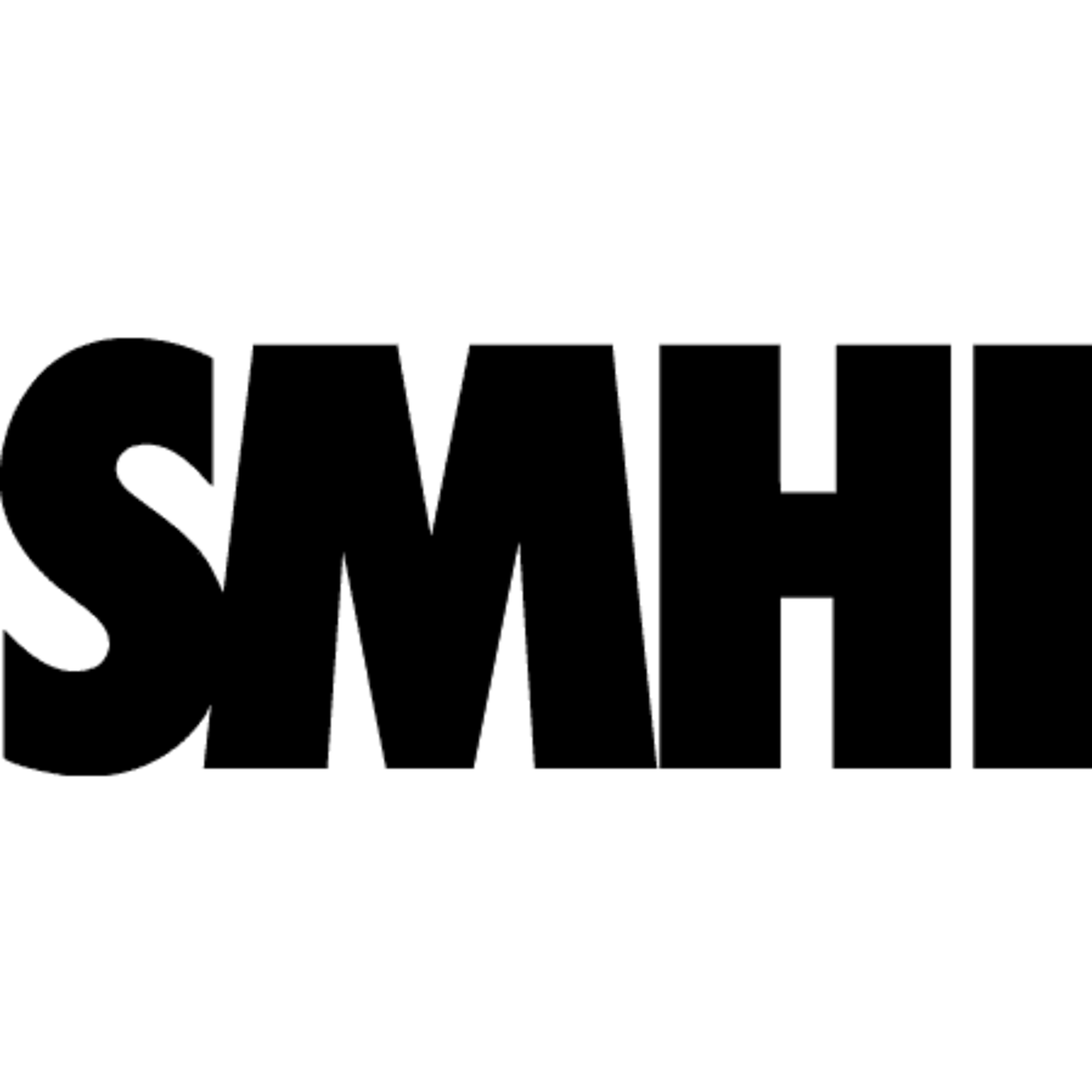Nine projects were chosen as recipients of the DTO-BioFlow Open Call. This initiative aimed to identify data holders capable of providing sustained, long-term access to previously inaccessible data through EMODnet Biology to the EU DTO. The selected projects participated in a data training workshop held in April 2024. The workshop took place at the InnovOcean Campus of the Flanders Marine Institute (VLIZ) in Ostend, Belgium, from April 22nd to 24th.
Meet the winner projects below!
Marine Megafauna Data for EU Digital Twin Ocean

Futurismo: linking whale watching tourism with cetacean research in the Azores


KAIROS - ZooplanKton data from Arctic marIne time-seRies to understand biOdiversity dynamicS

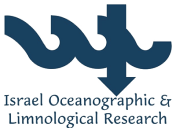
Integration of southeastern Mediterranean long-term biodiversity data into EU-DTO

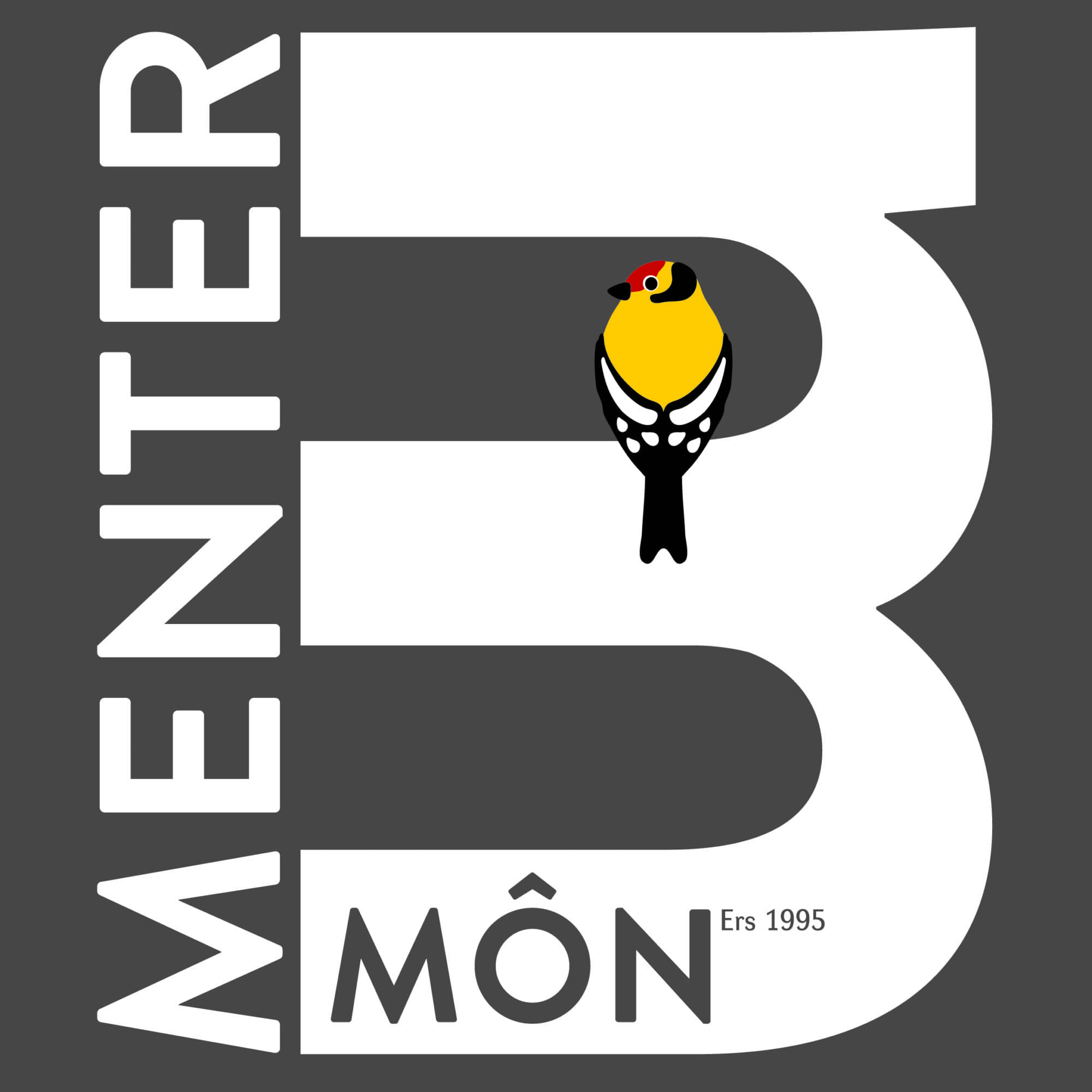
Management and publication of Marine Characterisation Research Project data

The Marine Characterisation Research Project (MCRP), managed by Menter Môn, is an innovative research and development project which is collecting an extensive range of data on the marine environment in North West Wales.
Pipeline for biodiversity data from the British Oceanographic Data Centre (BODC) to the OBIS network and EMODnet.

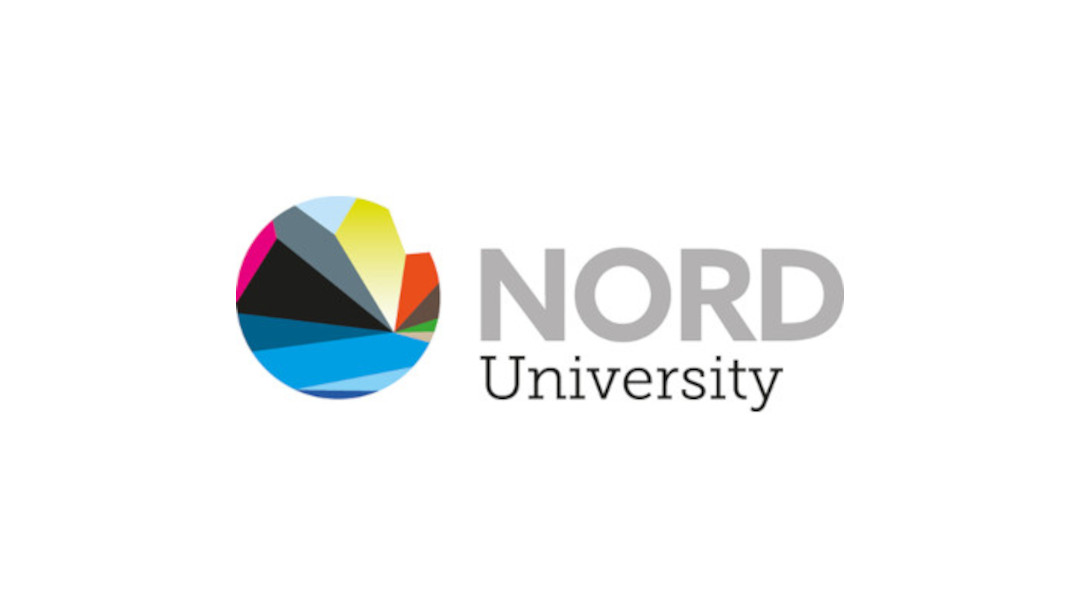
Managing and publishing biodiversity data from Nord University

Strandaanspoelsel (beach washup) Monitoring Project (SMP)

The SMP was started in 1997 to track changes in populations of organisms along the Dutch coastline and is carried out by volunteer observers (citizen scientists). These observers walk a fixed SMP route (SMP-traject) along the beach once every two or four weeks at low tide at one of our fourteen SMP-trajects along the Dutch shoreline.
They register all washed-ashore organisms and/or their remains. These data are used to calculate trends and indicate changes in the species populations living in the nearshore zone.
Plankton Imaging Data Flow: Establishing a European data flow for phyto- and microzooplankton data from automated AI-assisted imaging in flow analyses


